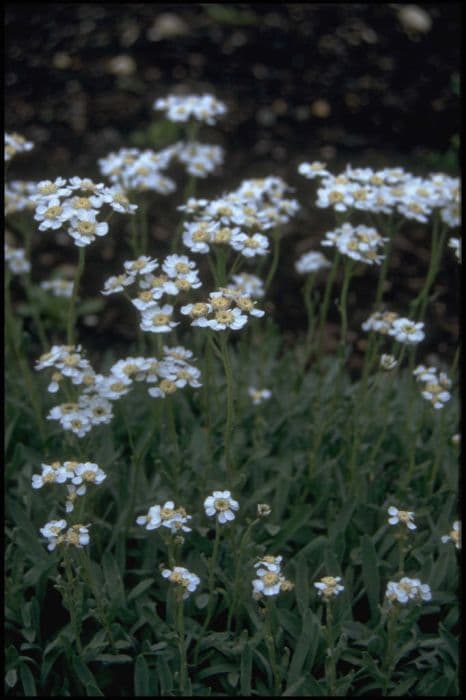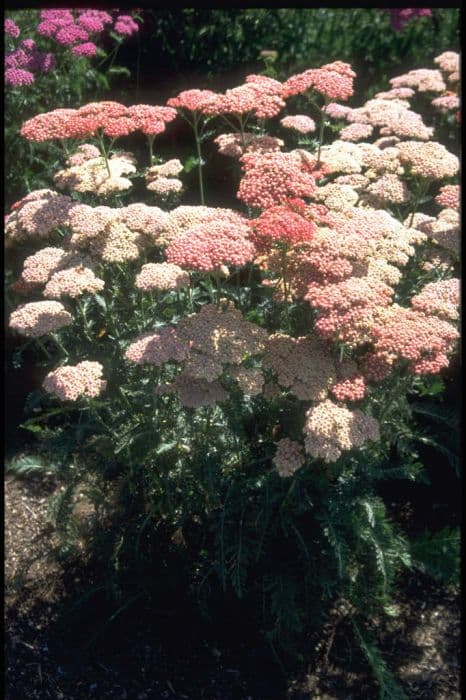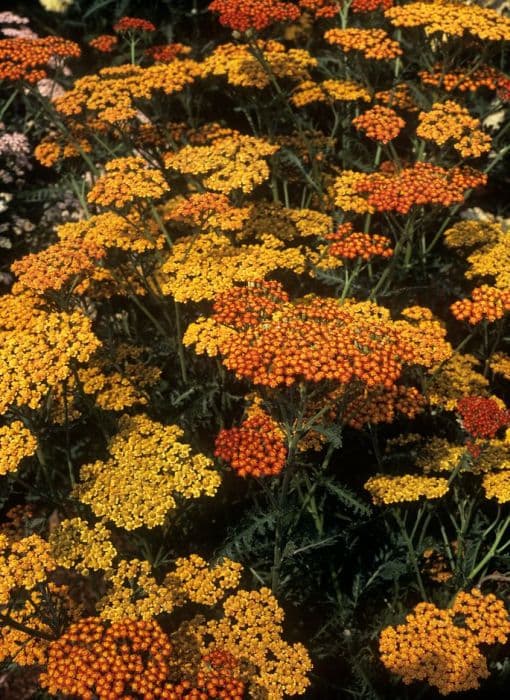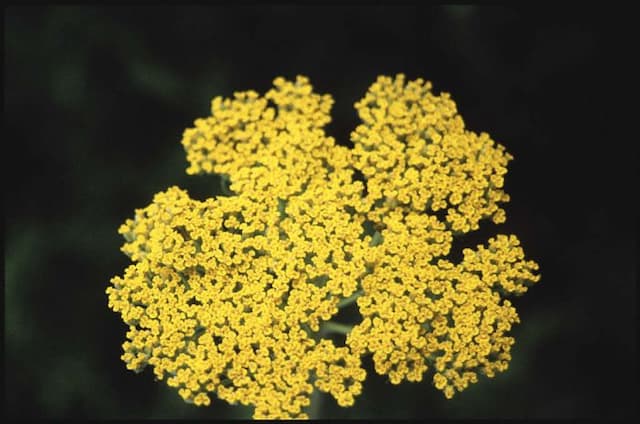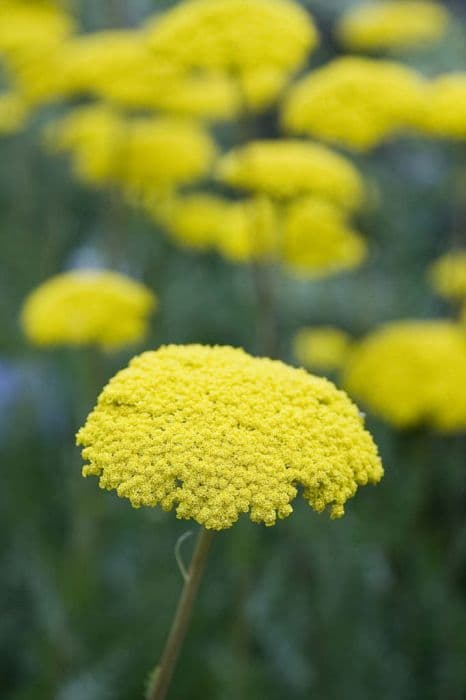Tickseed Coreopsis Mango Punch = 'Rp5' (Punch Series)

ABOUT
Coreopsis Mango Punch, commonly known as tickseed, is a vibrant perennial that lights up the garden with its cheerful blossoms. This particular variety, part of the Punch Series, produces large, daisy-like flowers that exhibit a warm, mango-orange hue with an underlay of golden-yellow tones that seem to blend seamlessly into the rich central color. The flowers typically have a darker, reddish-brown center which enhances the warm appeal of the bloom and creates a striking contrast against the colorful petals. The foliage of this tickseed is lush and adds to the overall attractiveness of the plant. The leaves are slender and lance-shaped, contributing a texture that is both elegant and fine. These green leaves form a dense mound and provide a verdant backdrop that makes the colorful flowers stand out even more. Overall, Coreopsis Mango Punch is known for its vivid flowering display, with the blooms creating a delightful show throughout the blooming season. This contributes to its popularity among gardeners who aim to add a splash of color and a tropical flair to their landscaping without needing a significant amount of maintenance.
About this plant
 Names
NamesFamily
Asteraceae.
Synonyms
Tickseed.
Common names
Coreopsis 'Rp5' Mango Punch.
 Toxicity
ToxicityTo humans
Coreopsis Mango Punch, commonly known as Tickseed, is not known to be toxic to humans. In general, members of the Coreopsis genus are not associated with severe toxicity and are considered safe around humans. As with any plant, individual allergic reactions are possible, and it's always prudent to avoid ingesting any plant material unless it is known to be edible. If someone were to ingest Tickseed and experience symptoms such as nausea, vomiting, or diarrhea, it could be due to individual sensitivity or the ingestion of plant parts not intended for consumption, and medical advice should be sought.
To pets
Tickseed is not listed as a toxic plant to pets. Therefore, there's no widespread evidence to suggest that Coreopsis Mango Punch is harmful to animals such as dogs and cats. As with any non-food plant, consumption in large quantities could potentially cause mild stomach upset due to the plant's fiber content, but significant toxicity is not expected. If a pet ingests part of a Tickseed plant and shows signs of illness, it's best to consult a veterinarian.
 Characteristics
CharacteristicsLife cycle
Perennials
Foliage type
Deciduous
Color of leaves
Green
Flower color
Orange
Height
1-2 feet (30-60 cm)
Spread
1-2 feet (30-60 cm)
Plant type
Herb
Hardiness zones
5-9
Native area
North America
Benefits
 General Benefits
General Benefits- Attracts Pollinators: Coreopsis Mango Punch is known to attract bees and butterflies, which are important for pollination in the garden.
- Drought Tolerance: Once established, this plant is quite drought-resistant, making it ideal for water-conservation landscaping.
- Low Maintenance: It requires minimal care once established, not needing much beyond the occasional watering and the rare fertilization.
- Long Blooming Period: Coreopsis Mango Punch has a lengthy blooming season, providing vibrant color from early summer into fall.
- Erosion Control: Its root system can help stabilize soil and prevent erosion.
- Non-Invasive: This variety is not known to be invasive, making it an excellent choice for gardeners looking to maintain controlled plantings.
- Compact Size: With its relatively small stature, Coreopsis Mango Punch fits well in container gardens or small spaces.
 Medical Properties
Medical PropertiesThis plant is not used for medical purposes.
 Air-purifying Qualities
Air-purifying QualitiesThis plant is not specifically known for air purifying qualities.
 Other Uses
Other Uses- Dye Production: Petals of the Coreopsis Mango Punch can be used to produce a natural dye for fabrics, yielding hues in the orange-yellow spectrum.
- Photography: The vibrant colors of Coreopsis Mango Punch flowers make them a popular subject for photographers looking to capture the beauty of nature.
- Crafts: Dried flowers can be used in scrapbooking or as a decorative element in handmade greeting cards.
- Education: The Coreopsis Mango Punch can be utilized in botanical studies due to its hybrid characteristics, aiding in discussions on plant breeding and genetics.
- Companion Planting: The plant can be used in gardens to attract pollinators, benefiting nearby vegetable crops and enhancing biodiversity.
- Floral Arrangements: Fresh or dried flowers can add a pop of color to bouquets or indoor displays.
- Culinary Decoration: Edible flowers can be used to embellish salads or desserts for a tropical presentation.
- Garden Themes: The Coreopsis Mango Punch can be a central feature in a tropical-themed garden due to its vibrant color and sun-loving nature.
- Art: Pressed flowers can be used in botanical art and herbarium collections.
- Landscape Design: The plant can be used as ground cover in sunny areas, offering a carpet of color and texture to garden settings.
Interesting Facts
 Feng Shui
Feng ShuiThe Tickseed is not used in Feng Shui practice.
 Zodiac Sign Compitability
Zodiac Sign CompitabilityThe Tickseed is not used in astrology practice.
 Plant Symbolism
Plant Symbolism- Hope and Optimism: Coreopsis, often referred to as Tickseed, typically symbolizes hope and optimism due to its bright and sunny flowers that can turn any garden into a cheerful space.
- Love: The vibrant colors of the Coreopsis Mango Punch evoke feelings of warmth and affection, often associated with love and strong human connections.
- Longevity: Tickseed plants are known for their hardiness and long blooming period, symbolizing longevity and the ability to thrive over time.
 Water
WaterFor the Coreopsis Mango Punch, commonly known as Tickseed, it's essential to maintain a consistent watering schedule. Water the plant deeply once per week, providing about 1 inch of water which roughly translates to 0.6 gallons per square yard of soil. The goal is to encourage deep root growth. During hot, dry spells, you may need to water more frequently, especially if the Tickseed is planted in well-draining soil or a container. Be cautious not to overwater, as Tickseed does not like to sit in wet soil. Always check the top inch of soil for dryness before watering again.
 Light
LightTickseed thrives best in full sunlight, meaning it should receive at least 6 to 8 hours of direct sunlight each day. Position the plant in an area where it can get unfiltered sunlight through the majority of the day for optimum growth and flower production. While it can tolerate some light shade, too much shade will result in fewer blooms and a leggy growth habit.
 Temperature
TemperatureTickseed prefers warm temperatures and is hardy in USDA zones 5 through 9. It can withstand minimum temperatures down to -20°F and maximum temperatures well into the 90s°F. Ideally, daytime temperatures for optimal growth and flowering should be between 70°F and 85°F. Avoid planting in areas where temperatures drop below the hardiness range, as the Tickseed may not survive.
 Pruning
PruningPruning Tickseed is beneficial for maintaining its shape, promoting dense growth, and encouraging more blooms. Prune or deadhead spent flowers regularly to stimulate new flower production. In late winter or early spring, cut back the entire plant by about one-third to refresh the foliage and remove any dead or woody stems. This can be done every year or every other year depending on the plant's growth.
 Cleaning
CleaningAs needed
 Soil
SoilTickseed 'Mango Punch' thrives in well-draining, fertile soil; a mix of garden soil, compost, and a small amount of sand is ideal. The optimal soil pH for Tickseed is slightly acidic to neutral, ranging from 5.5 to 7.0.
 Repotting
RepottingTickseed 'Mango Punch' generally doesn't require frequent repotting; it can be repotted every 2-3 years as necessary to refresh the soil and provide room for growing roots.
 Humidity & Misting
Humidity & MistingTickseed 'Mango Punch' is adaptable to a range of humidity levels and does not have specific humidity requirements; typical outdoor humidity levels are generally adequate.
 Suitable locations
Suitable locationsIndoor
Place Tickseed 'Mango Punch' in bright, indirect light indoors.
Outdoor
Ensure full sun and well-draining soil for Tickseed outdoors.
Hardiness zone
5-9 USDA
 Life cycle
Life cycleCoreopsis Mango Punch begins its life as a seed, sown into well-drained soil in early spring after the threat of frost has passed. It quickly germinates within 1-2 weeks in warm conditions, emerging as a seedling with a set of true leaves. As it grows, it forms a bushy, clump-forming perennial plant with vibrant green foliage. By mid to late spring, it starts to bloom, revealing bright, mango-orange flowers that attract pollinators and continue to blossom through late summer or early fall. After blooming, seeds develop and can be dispersed by wind or wildlife, allowing new plants to grow the following season. As the weather cools and winter approaches, the plant enters dormancy, with the top growth dying back, but it can re-emerge from its root system when spring arrives again.
 Propogation
PropogationPropogation time
Spring-Early Summer
Propogation: Coreopsis Mango Punch, a vibrant perennial known for its stunning orange blooms, can be propagated effectively through division. The optimal time for dividing Coreopsis is in early spring or late fall when the plant is not in active bloom. To propagate by division, carefully dig up the plant, ensuring you take up a generous amount of root system. Gently tease the plant apart into smaller clumps, making sure that each new section has a portion of the root system attached. Replant these divisions at the same depth they were growing at originally, spacing them about 12 to 18 inches apart (about 30 to 45 centimeters), to give them room to grow. This method not only helps to propagate new plants but can also rejuvenate older clumps that may have become woody or less vigorous.
